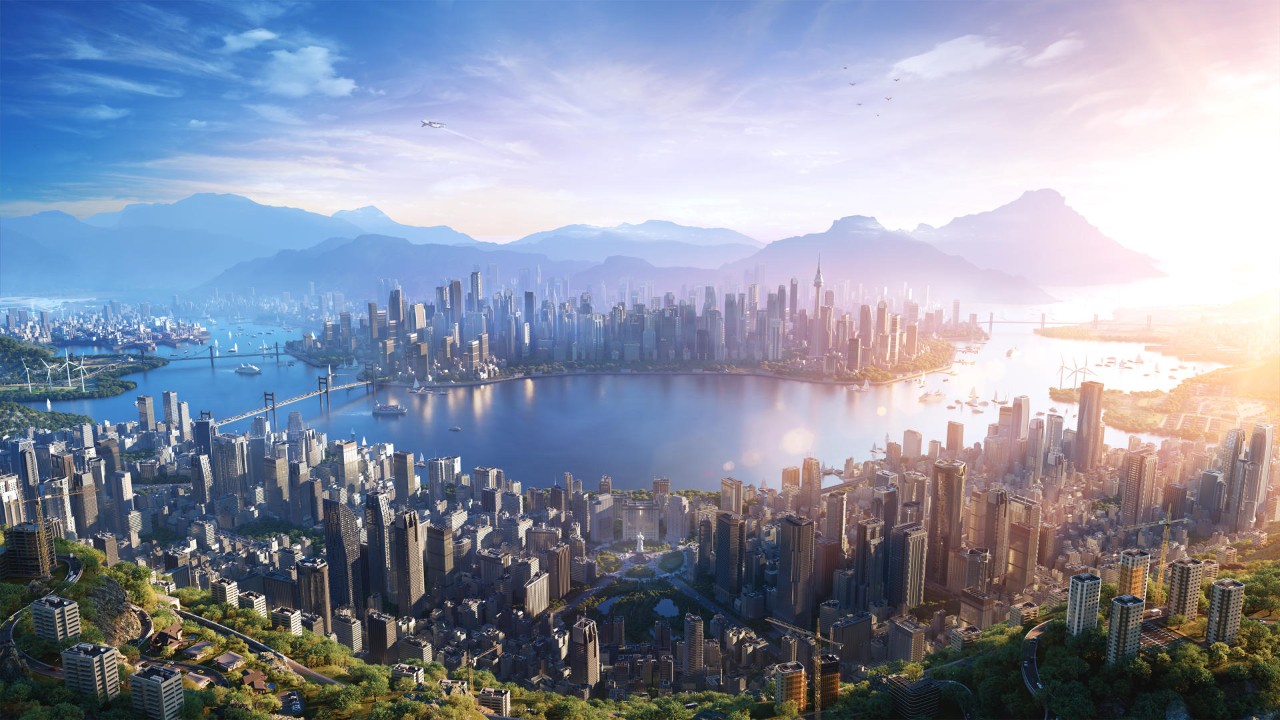This game is very good and loved by many players. Many players have encountered problems with the details of the layout ideas of the university town in Cities Skylines 2, but solving this problem is very simple and can be solved step by step by following the following steps.
1. Without modding, schools in Skyline 2 generally occupy a relatively large area (except primary schools). Gathering the education system together not only makes it easier to plan the road network, but also makes it comfortable to look at. It has the beauty of a scientific research city.
2. This university town (although I prefer to call it the academic city in the railgun) area must not only have various schools, but also need to be equipped with a full set of services for these schools, such as fire, police, medical, postal service, transportation, communication and entertainment. These supporting buildings can also fill in the road network and enrich the architectural diversity in the area.
3. The Polytechnic University should be connected with the radio telescope, server cluster, etc. (In fact, there is also the Geological Research Center, but I put this thing at the Government Affairs Center; the Hadron Collider takes up too much space and consumes too much water, so Medical universities should gather with the Centers for Disease Control and Prevention, health research institutes, etc., and sports venues should gather to form different areas within the university town area. Therefore, I placed buildings in the same field as close as possible, placing science and engineering buildings in the northwest, medical buildings on the north side, and sports venues on the south side.
4. Students not only need to study in the classroom, but also maintain physical and mental health. Therefore, I have arranged more than 20 fields and ten parks in the university town area to meet the students' sports and entertainment needs.
5. There was a liberal arts school in Skylines 1, but not in Skylines 2. However, the National Gallery of Art in the pre-order bonus felt very suitable for a liberal arts school, so I added the National Gallery of Art.
6. A key issue in the change from the third edition to the fourth edition is the medical helipad attached to the CDC. This made it impossible to place taller buildings around me, so I had to rearrange the location of the relevant buildings and demolish an elementary school (a primary school can also be done in a residential area).
7. All the roads I use are pedestrian blocks. Personally, I am opposed to private cars. Promoting walking/cycling and taking public transportation can alleviate congestion on the one hand, and reduce carbon emissions on the other (really). Personally, I believe that a university town should be a relatively quiet place that is not disturbed by the outside world, so I chose to use the public transportation pedestrian street to reduce traffic flow. Buses can be used to connect the university town to residential areas, while the subway is used to connect the university town to the city center and transportation hubs such as airports, train stations, and docks. Within the university town, one or two bus lines can be used to transport passengers between various buildings and subway stations, but in actual testing it is not necessary (it is basically within the direct radiation range of the subway, and if you wait for the bus, it is better to just walk on the pedestrian street) Woolen cloth). It would be nice to see the tram running into the university town. When I was in college, I worked on a project to extend the tram leading to the school gate, passing through the university campus and finally turning to the back of the school or from the stadium on the east side of the school. Turnaround (although in the end the local government said there is no budget for this), but in fact this university town does not have that much passenger flow, and I chose to use the subway to connect the university town with other modules in the city.
8. The reason for adding one more college is because when the population reaches about 150,000, if the industrial structure is dominated by intangible goods (office industry), the college will not be able to accommodate it. Therefore, I added more in the third and fourth editions. a college.
9. I basically filled the redundant grids with low-density office areas. The office areas for software, telecommunications, finance, media and other companies and the academic and research cities can be said to be very suitable, and low-density low-rise buildings will not be a problem. It is more like some auxiliary buildings than the main guest. I mainly do business in residential areas, so I chose low-density office areas when designing - but I feel that the two buildings of the iconic building in the North American commercial area category, the Model Restaurant and the Quick-Lai Eatery, can be turned into canteens. You can put 2×3 in the Model Restaurant as you like, and you can put the 6×10 in the Quick-Lay Restaurant at the basketball court near the college ②, where the 6×10 can fit in.
